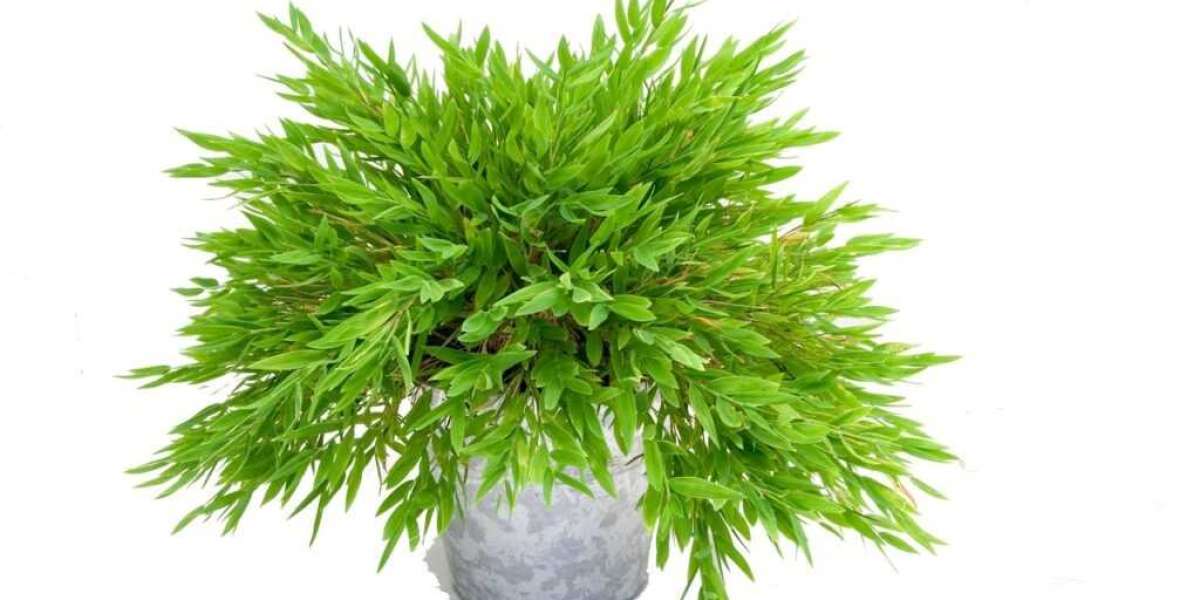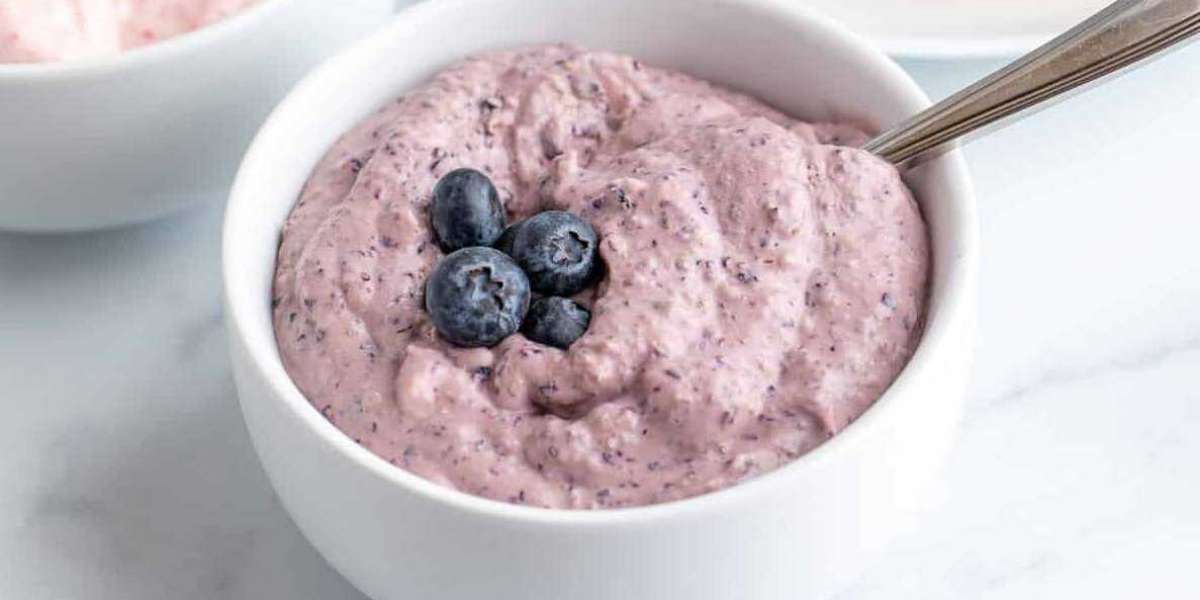In recent years, bamboo has gained immense popularity as a versatile and sustainable plant with a wide range of uses. From construction materials to decorative elements, bamboo has become an eco-friendly choice. However, with this surge in popularity, concerns have been raised about its potential harm to pets. As responsible pet owners, it's crucial to understand the nuances regarding bamboo and its impact on our beloved furry friends. can bamboo be harmful to pets?
Understanding Bamboo and Its Varieties
Bamboo is a fast-growing perennial plant that belongs to the grass family. It's known for its strength, durability, and sustainability. There are various species of bamboo, including clumping and running bamboo. Clumping bamboo tends to spread more slowly, staying in a contained area, while running bamboo has a more expansive and aggressive growth pattern.
Is Bamboo Harmful to Pets?
Clumping Bamboo
Clumping bamboo is generally considered safer for pets compared to running bamboo. The growth pattern of clumping bamboo is more contained, making it less likely to spread out of control and potentially harm pets. However, it's essential to exercise caution and keep an eye on your pets, especially if they tend to chew on plants.
Running Bamboo
Running bamboo, on the other hand, has a more aggressive growth habit and can spread rapidly. The shoots can be tempting for pets to chew on, and this is where the concern arises. Some varieties of running bamboo contain substances that, when ingested, can be harmful to pets.
Potential Risks for Pets
When it comes to pets, particularly cats and dogs, their curious nature often leads them to explore and taste various plants. While bamboo is not highly toxic, ingestion can still cause discomfort and health issues for pets.
Gastrointestinal Issues
Eating bamboo may cause gastrointestinal problems in pets, such as vomiting, diarrhea, or stomach discomfort. These symptoms can be distressing for both the pets and their owners, necessitating a visit to the veterinarian.
Choking Hazard
Bamboo leaves or splinters can pose a choking hazard, especially for smaller pets. It's essential to ensure that your pets cannot access parts of the bamboo that can potentially break off and cause choking.
Foreign Body Obstruction
Ingesting larger pieces of bamboo can lead to a foreign body obstruction in a pet's digestive tract. This is a severe condition that requires immediate medical attention to remove the foreign object safely.
Precautions for Pet Owners
As a responsible pet owner, there are steps you can take to ensure the safety of your pets around bamboo:
- Supervision: Always supervise your pets when they are around bamboo or any other plants. Prevent them from chewing on leaves or stems.
- Secure the Area: If you have bamboo in your home or garden, create barriers or enclosures to keep your pets away from the plants.
- Regular Inspection: Inspect the bamboo for any damaged or broken parts that could potentially harm your pets.
- Consult a Veterinarian: If you suspect your pet has consumed bamboo or is displaying any unusual behavior, consult your veterinarian immediately.
Conclusion
While bamboo is generally considered safe, it's essential to exercise caution and take preventive measures to ensure the well-being of your pets. Clumping bamboo is a safer option for those concerned about their pets' well-being, but regardless of the variety, keeping a watchful eye and implementing safety measures should be a priority.
Remember, the health and safety of your pets should always be a top priority, and understanding the potential risks associated with plants like bamboo is a crucial step in responsible pet ownership.







